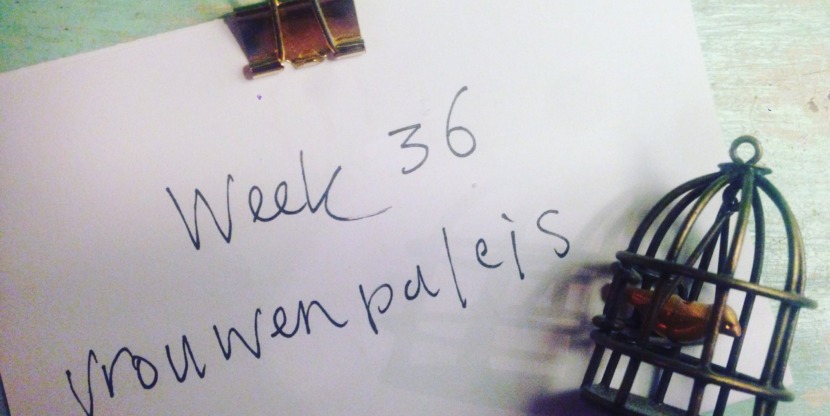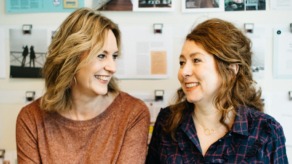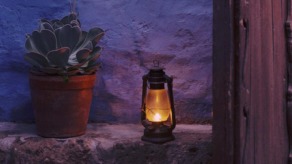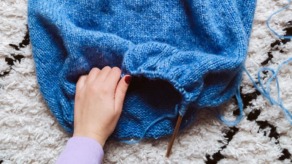Decluttering with Astrid (36)

The She Palace
I once lived on the top floor of a really old building in the center of town. It was a sort of loft, a huge open plan room with a ceiling that had exposed wooden beams, where everything took place—sleeping, cooking, eating, the lot. I still remember moving all my stuff in over the space of one weekend, and my then-boyfriend coming to see how it was all going. He hadn’t even stepped over the threshold when he said “Bloody hell, you’ve made it look so girly and twee already.” He was right. In no time at all, I had managed to transform the tough industrial space into a chintzy “She Palace,” with cozy little corners and rugs and sculptures and candlesticks, and heaven knows what else. I thought it looked rather nice at the time, so I was quite annoyed by his heavy-handed remark. Naturally, we got into an argument straight away but, in retrospect, I now see what he saw when he entered.
Over the years, I have scaled back quite a bit in the department of home styling, but it is amazing just how much stuff we buy simply for the sake of it. They’re not necessary, you can’t do anything with them (apart from dust them and move them around a little), and they just stand there, on show. And you have them, mainly because they’re the “in” thing. I’m talking: the wooden letter, the brass candlestick, the cactus-shaped vase…
I had to think of this recently when I was reading the book De Verborgen Impact (“The Hidden Impact”) by industrial designer Babette Porcelijn. In it, she tells us that people spend an average of €2,200 a year on gadgets, bits-and-bobs and gizmos. In short, things for the home. The entire department with which I furnished my She Palace.
Babette’s book is not just about whether it makes sense to buy the stuff (in my opinion, it does make sense if it will make you happy, which I was), it also addresses the issue of what this all really means for the environment. She claims that, for an average Dutch person, the major contribution toward helping the earth and the environment doesn’t come from flying less or driving less or using less energy, but from buying less stuff for the home. The production of all these items uses so much energy, land, water and chemicals, that they are the ones causing the greatest contribution to a household’s environmental impact.
I’ll be honest with you: for me, my biggest drive to declutter is not for sustainable reasons. If only I was such a decent human being. I do it mostly for selfish reasons: because I have more time, less stress, a clearer head, and because I prefer to spend my money on other things now. It also forces me to think about what truly makes me happy. But it is a fact that we are dealing with a lot of things that are not necessary, but that put a strain on the earth. So it’s a nice bonus, perhaps the biggest bonus, that by decluttering we are also consciously dealing with the environment. Actually, that reason alone should be our main reason to persist.
Which is why Babette hasn’t bought any new stuff for a year and a half. No new clothes, new books, new gadgets. For a year and a half! For that, she gets my utmost respect. As for me: I’m going to start with just one month…
Astrid, together with Irene, is the founder of Flow Magazine. She lives with her partner and two children. Each Tuesday, she writes about the sense—and nonsense—of decluttering.
“Week 36 – The She Palace”







